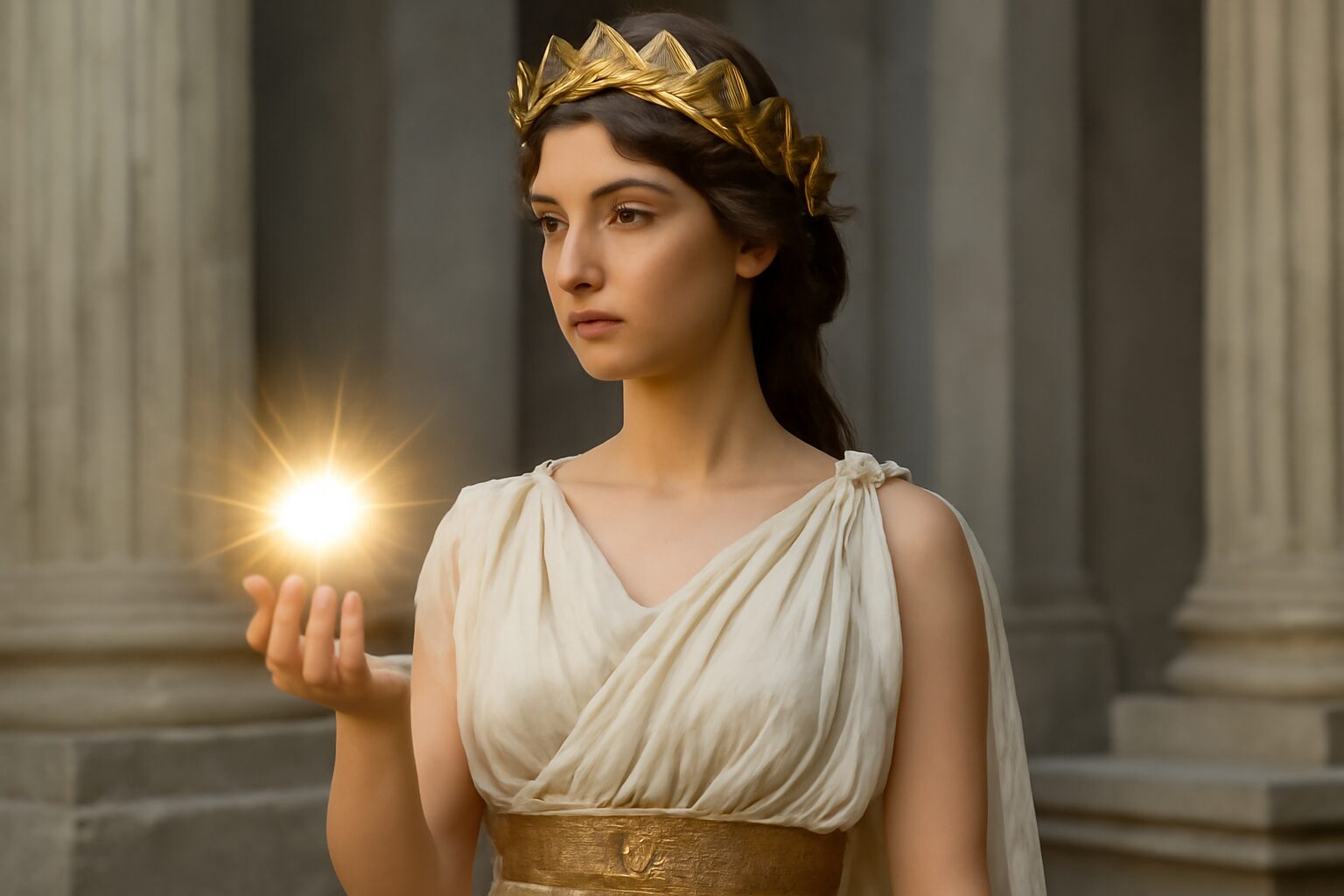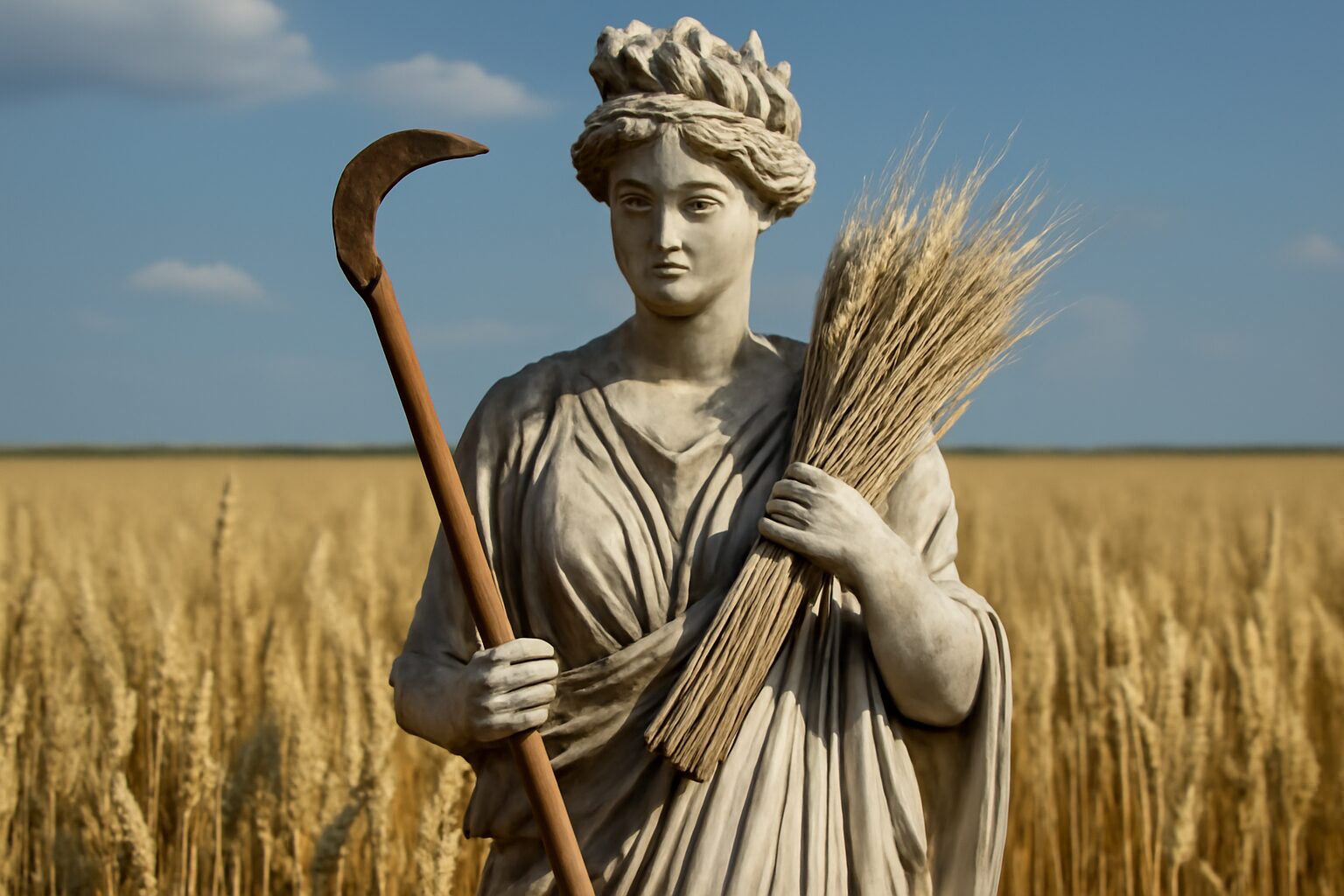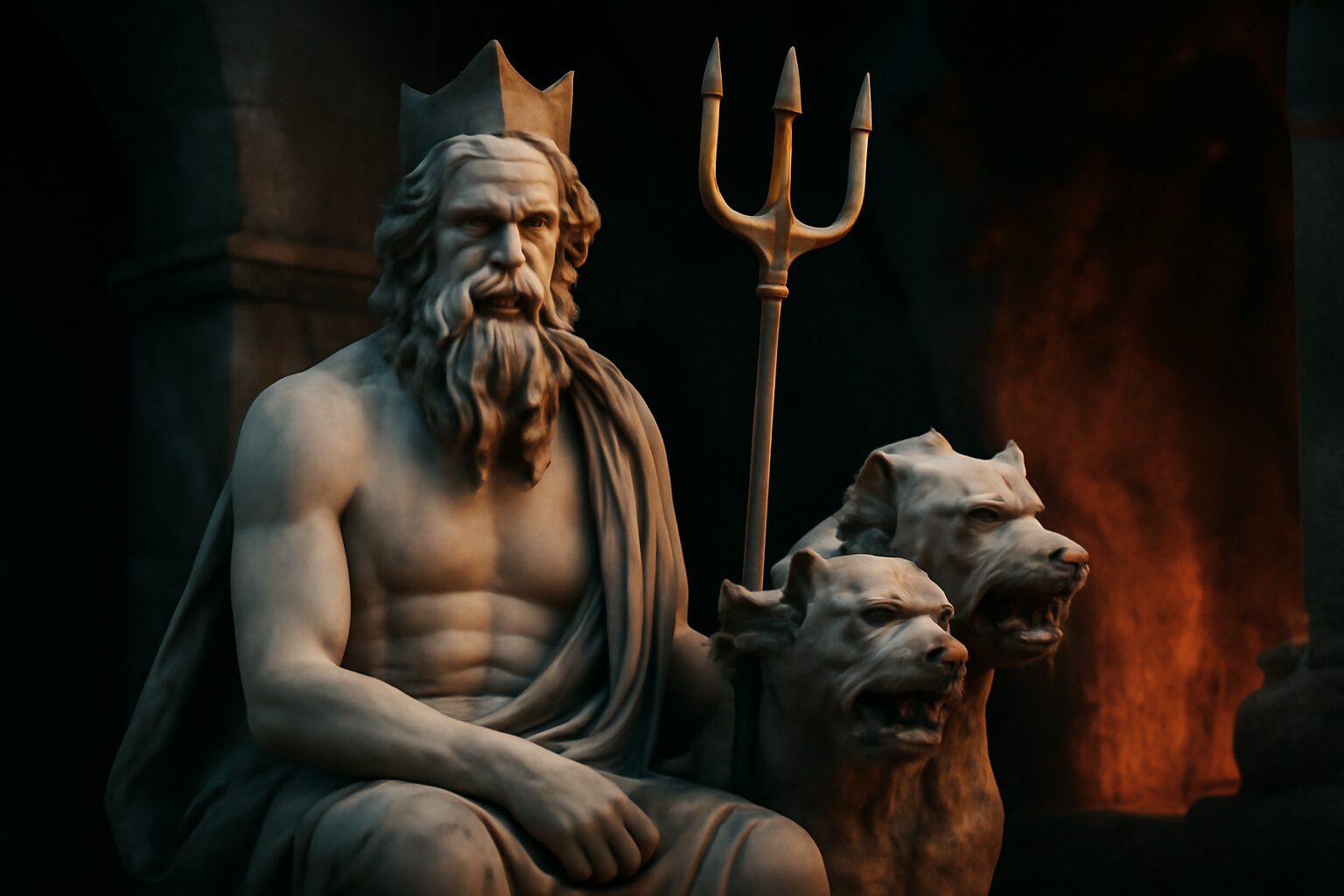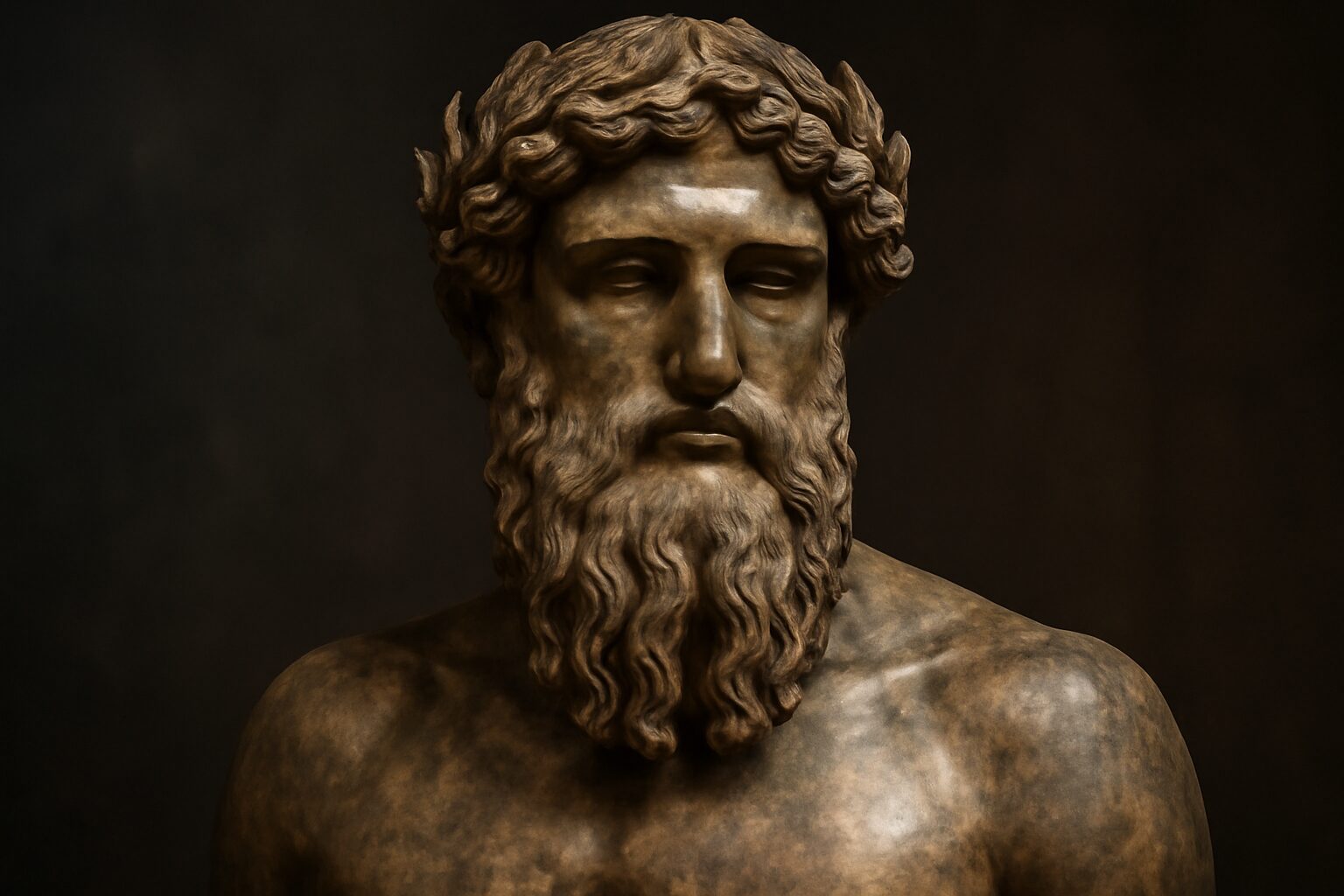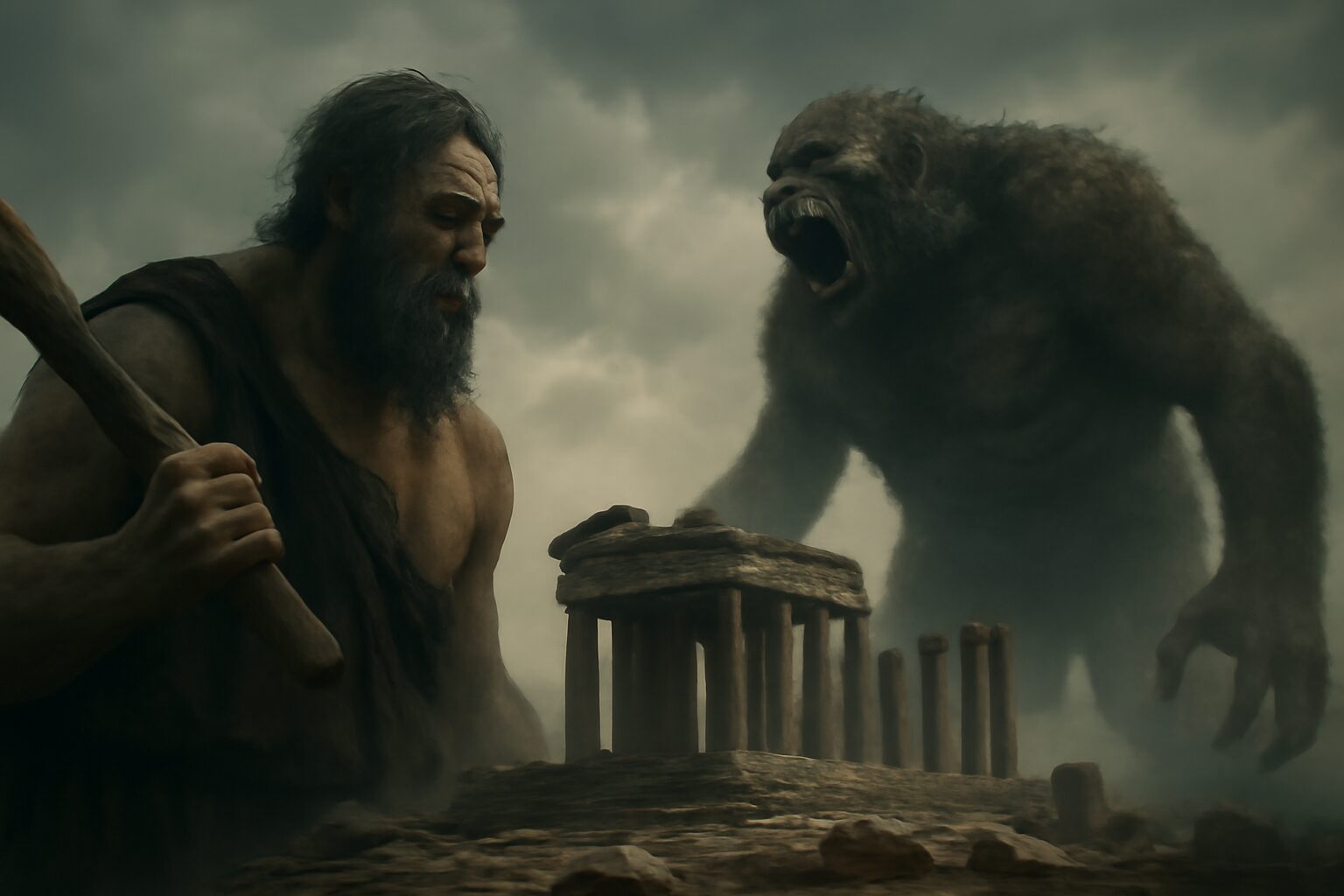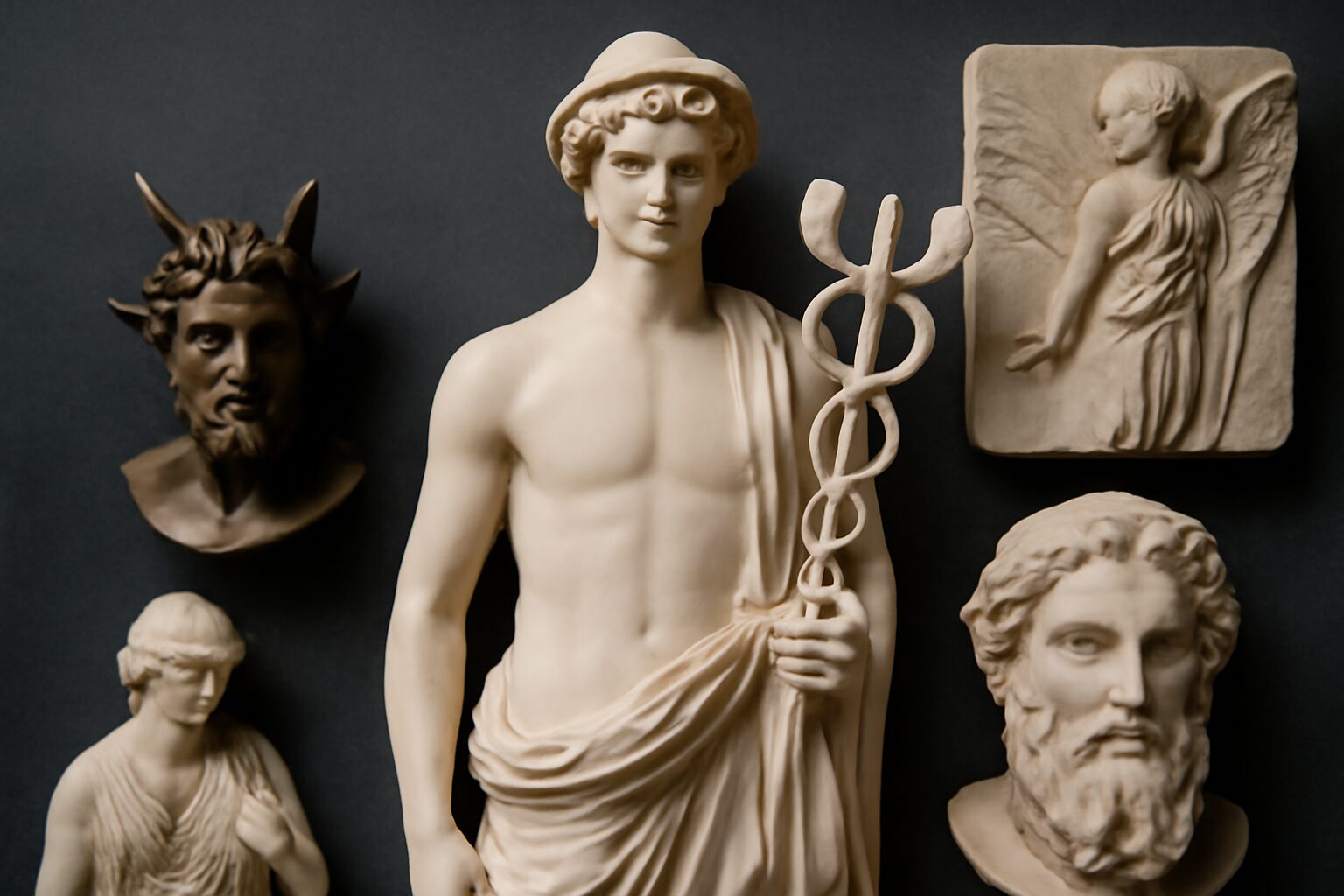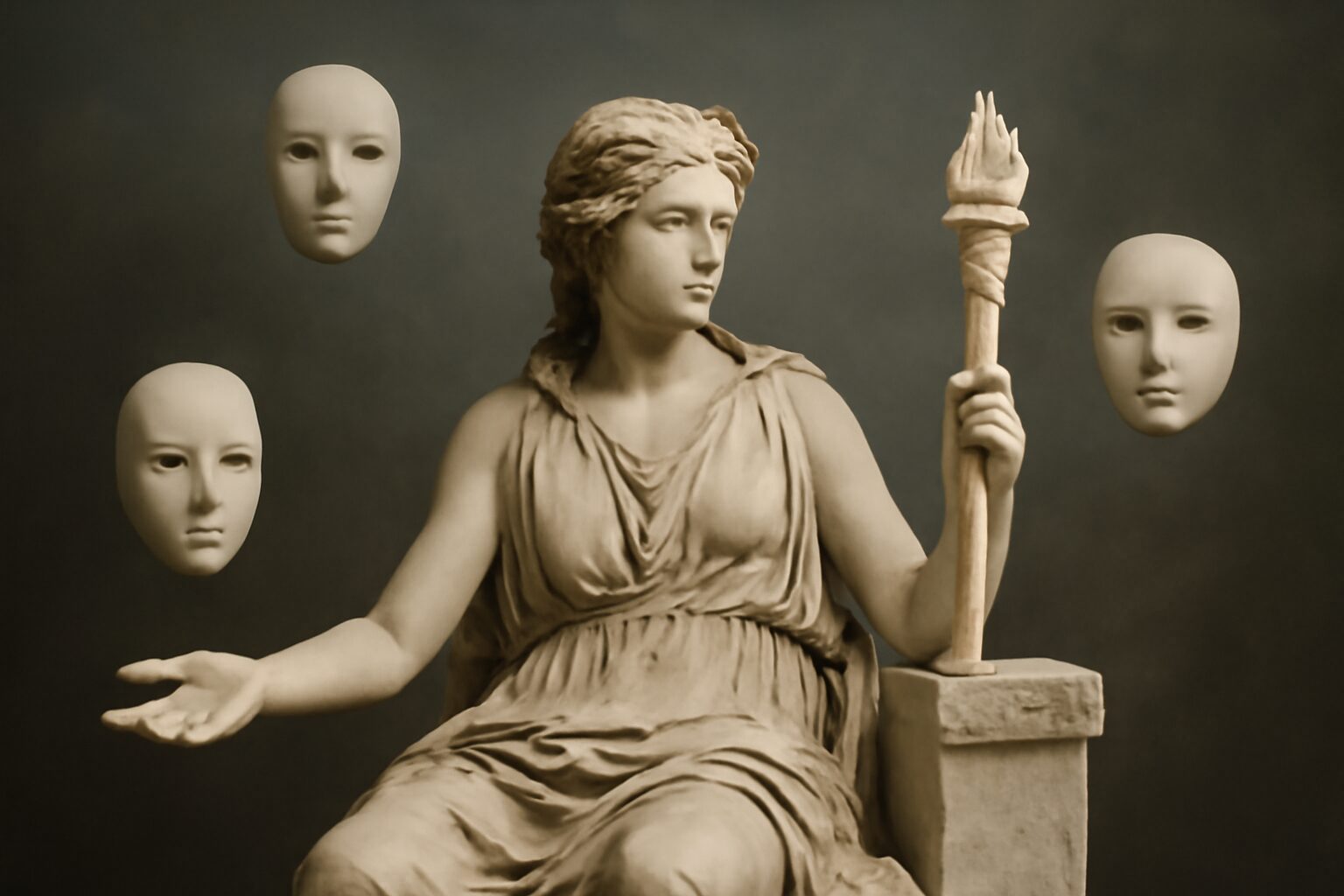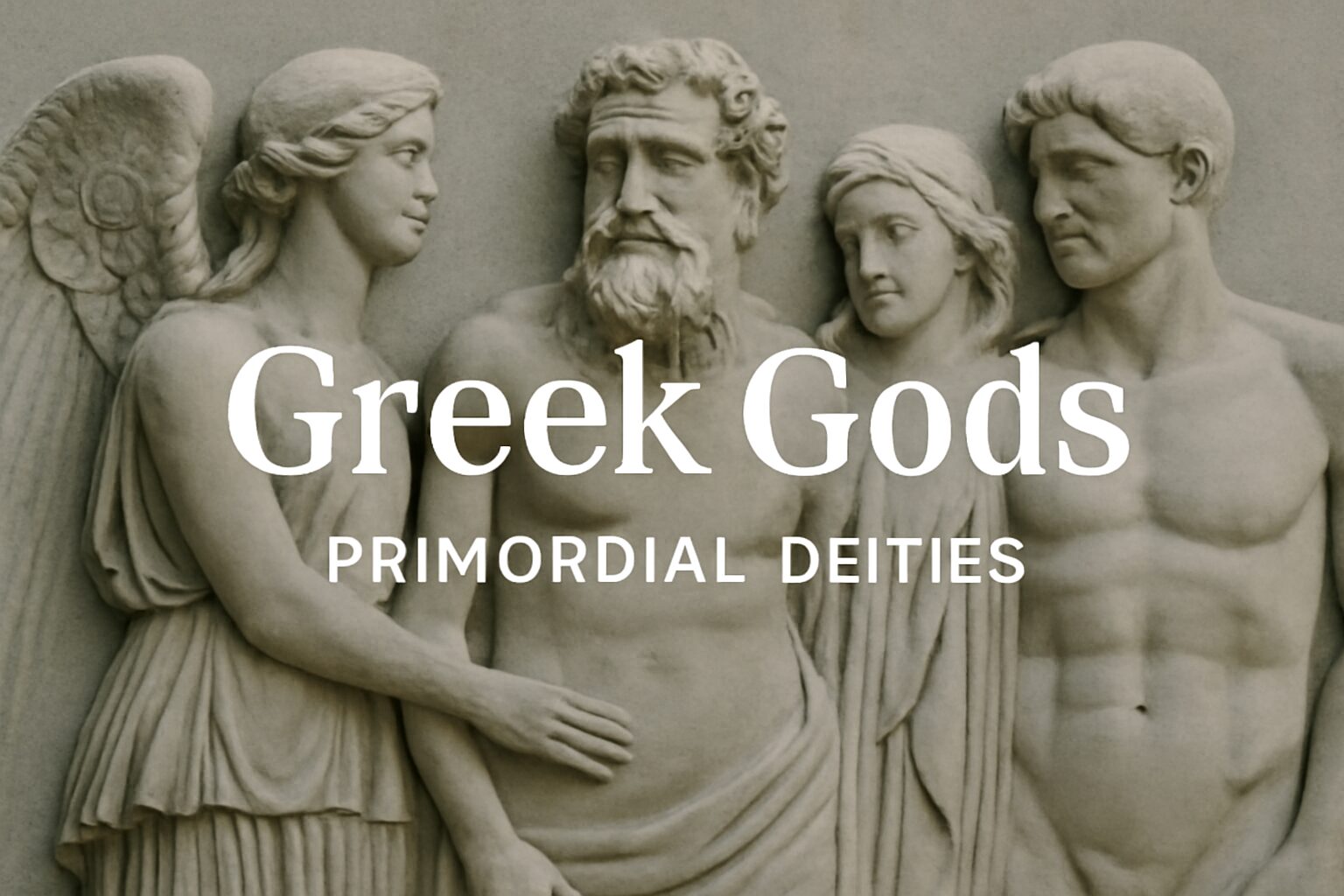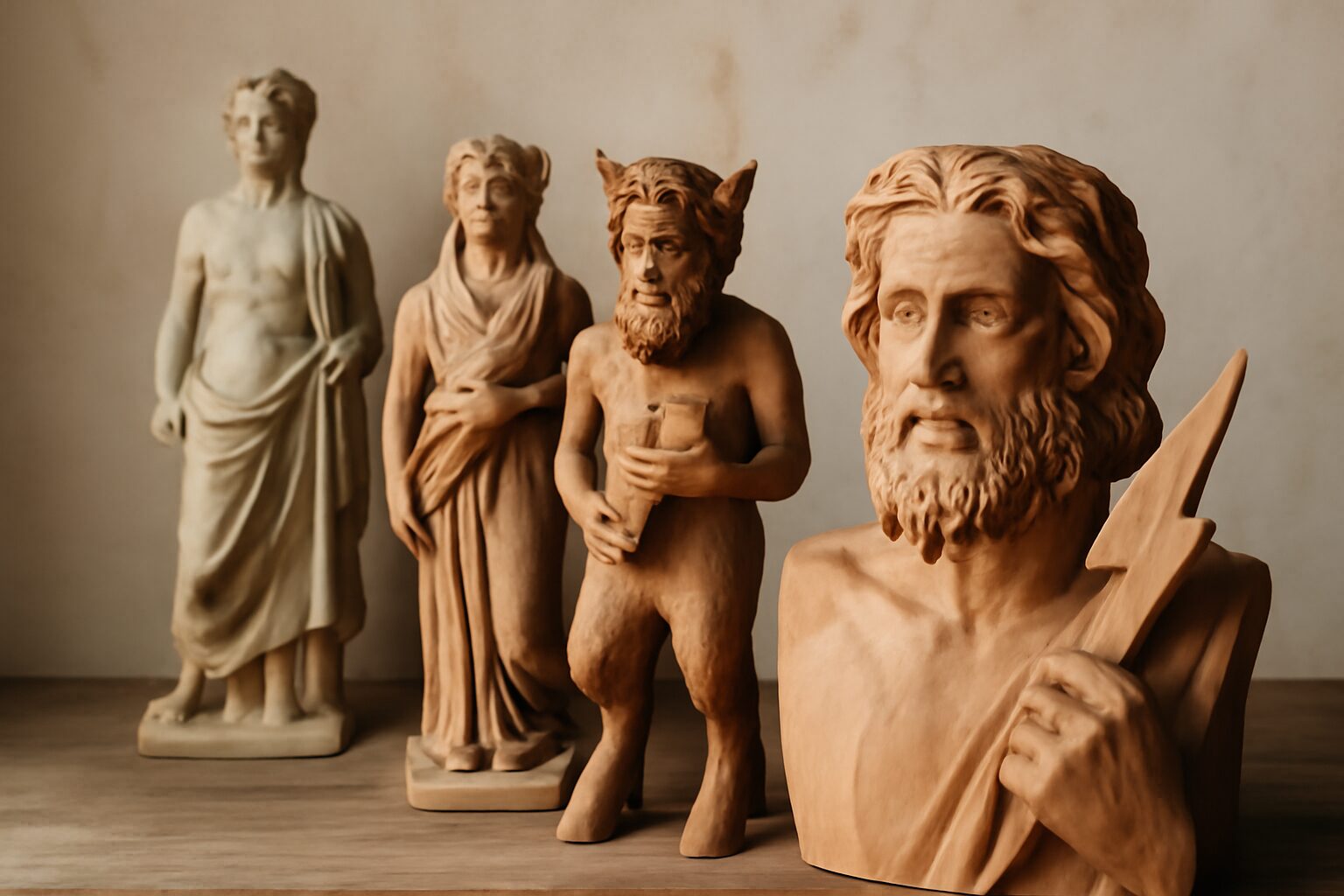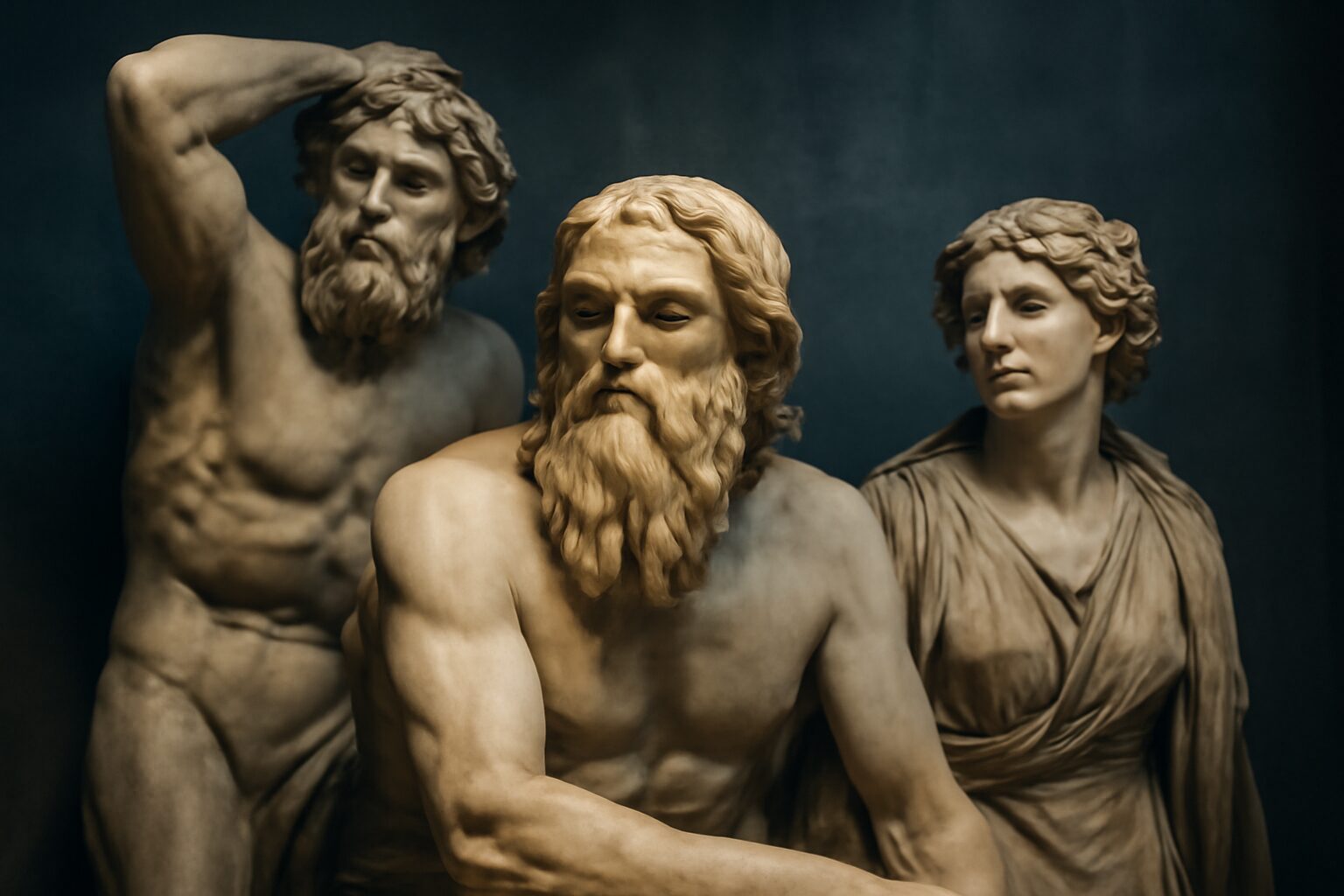Theia: The Radiant Titaness of Light
In Greek mythology, Theia (also spelled Thea or Thia) was one of the original twelve Titans, the divine children of Gaia (Earth) and Uranus (Sky). Her name means "divine" or "goddess", and she was closely associated with light, shining brilliance, and the clear blue sky. Often called "the wide-shining", Theia embodied the luminous quality of precious metals and gemstones, as well as the radiance of the sun, moon, and dawn.
Powers and Domains
Theia was revered as the Titaness of sight and the glittering light that emanated from gold, silver, and other precious metals. She was believed to grant jewels and metals their luminous qualities. Some myths suggest she had prophetic abilities tied to her connection with light, as vision and foresight were symbolically linked in ancient Greek thought.
Her most significant role was as the mother of the celestial deities. With her brother-husband Hyperion (the Titan of heavenly light), she bore three radiant children: Helios (the Sun), Selene (the Moon), and Eos (the Dawn). Through these offspring, Theia's legacy shone daily across the Greek world.
Mythological Significance
Though not as prominently featured in surviving myths as some Olympians, Theia played a crucial role in the Greek cosmological framework. She represented the essential quality of divine radiance that made the celestial bodies magnificent. The poet Pindar referred to her as "mother of the Sun", highlighting her importance in the solar cycle.
In Homeric Hymn 31, Theia is invoked as the "queen of many names", suggesting she may have been worshipped in various aspects related to light and vision. Some scholars believe she was originally an important pre-Olympian light deity whose attributes were later distributed among other gods.
Relationships and Legacy
As a first-generation Titan, Theia was sister to powerful deities like Oceanus, Cronus, Rhea, and Themis. After the Titanomachy (the war between Titans and Olympians), she faded from prominence like most Titans, though her children continued to play vital roles.
Theia's influence persisted through her descendants - not just the celestial deities, but also through her granddaughter Circe and great-grandson Odysseus. The sparkling quality we associate with gold and gems in Greek myths can be traced back to Theia's divine essence.
Today, Theia is remembered not just for her mythological role, but also through scientific terminology - the hypothetical planet that may have collided with Earth to form the Moon is named Theia in her honor, connecting this ancient Titaness of light to modern astronomical theories.
Alternative Names for Theia
God Name: Euryphaessa (Greek)
An alternative name for Theia in Greek mythology, meaning 'wide-shining,' often used to describe her radiant and luminous nature as a Titaness associated with light and the shining ether of the bright sky.
God Name: Terra (Roman)
In Roman mythology, Theia is sometimes equated with Terra, the earth goddess, due to her association with the earth and the fertility of the land, though this is a less direct correlation.
God Name: Thia (Greek)
A variant spelling of Theia found in some ancient Greek texts, reflecting different dialectal or regional pronunciations of her name.
Tales about Theia
Theia and Helios: The Gift of Sight
In the age when the cosmos was young, Theia, the Titaness of shining light and luminous sky, gazed upon her son Helios, who was destined to drive the sun chariot across the heavens. Filled with maternal pride and foresight, she bestowed upon him not just the radiance of the sun, but the profound ability to see all that his light touched—both the glorious and the hidden. "With this gift," she whispered, her voice like the shimmer of dawn, "you shall be the all-seeing eye, a beacon of truth in a world often shrouded in shadow." Helios, empowered by her blessing, took his place in the sky, his vision piercing through deceit and illuminating justice, a testament to his mother's luminous legacy.
The Consequences of Clarity
Helios's unerring sight, a direct inheritance from Theia, soon proved to be a double-edged sword. It was he who witnessed the illicit affair between Aphrodite and Ares, revealing their betrayal to Aphrodite's husband, Hephaestus. Though this caused divine turmoil, it underscored the inescapable nature of truth—a principle Theia embodied. Her light, channeled through Helios, ensured that no deception could long endure under the sun's vigilant gaze, weaving a thread of accountability into the fabric of the universe.
Theia and Selene: A Mother's Soft Embrace
When night fell and Helios retired his chariot, Theia turned her attention to her daughter Selene, the gentle Titaness of the moon. Understanding that the world needed solace as much as illumination, Theia imbued Selene's light with a soft, silvery quality that could soothe fears and inspire dreams. "Your light," Theia told her, "will be a balm to the weary, a guide for lovers, and a canvas for the mysteries of the night." Selene, cradled in her mother's ethereal glow, traversed the night sky, her presence a calming counterpoint to the sun's fierce brilliance.
Eternal Reflection
The bond between Theia and Selene was one of subtle power and reflection. While Theia's essence was in the dazzling light of gemstones and clear skies, Selene manifested that light as a reflective glow, mirroring her mother's radiance in a softer form. This duality showcased Theia's versatility: she was not just a source of light, but the origin of how light is perceived and cherished—whether in the bold gold of day or the quiet silver of night. Through Selene, Theia's influence extended into the realm of intuition and emotion, proving that her luminosity touched every corner of mortal and divine experience.
Frequently Asked Questions
Who is Theia in Greek mythology?
Theia is a Titaness in Greek mythology, known as the mother of the sun (Helios), the moon (Selene), and the dawn (Eos). She is associated with light and the shining ether of the sky.
Why are the Titans important in Greek mythology?
The Titans were the first generation of divine beings who ruled before the Olympian gods. They represent primal forces of nature and set the stage for the rise of Zeus and the Olympians, making them crucial to Greek cosmogony.
What does the name 'Theia' mean?
The name 'Theia' translates to 'divine' or 'goddess' in Greek. It reflects her role as a shining deity associated with light and celestial radiance.
How does Theia's story apply to modern understanding?
Theia's connection to light and celestial bodies reflects ancient attempts to explain natural phenomena. Today, her legacy persists in astronomy (e.g., the hypothesized planet Theia that may have collided with Earth to form the Moon).
What was the relationship between Theia and the other Titans?
Theia was the daughter of Uranus (Sky) and Gaia (Earth), and sister to Titans like Cronus and Oceanus. She married her brother Hyperion, and together they personified celestial light.

